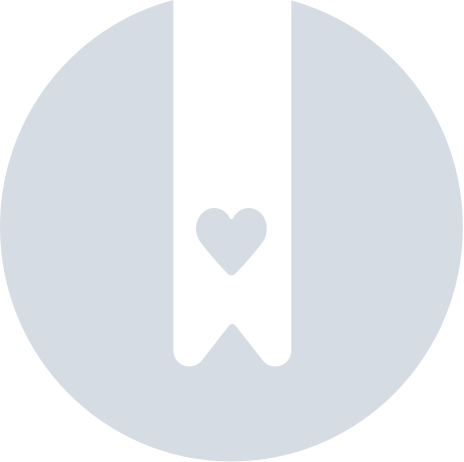Messenger & Collaboration Groups overview
What are Collaboration groups?
Collaboration groups are designed to enable the set up of clients with an unlimited geographical hierarchy within the Quinyx All-In-One (AIO) platform.
This allows for Frontline Portal clients with organizational hierarchies deeper than 4 levels to begin using the AIO platform, just like is possible for standalone Frontline Portal clients today. In order for customers that use Collaboration groups for their organizational hierarchy to be able to use Messenger we have implemented support for Messenger following Collaboration groups for who you can message.
If you want to understand more about how Collaboration groups work and how you set them up you can find more information here.
How do I activate Messenger following Collaboration groups?
If your tenant has enabled the Messenger & Frontline portal module, there is a new Messenger Settings page under Frontline Portal Settings > Messenger settings > Use Collaboration group hierarchy in Messenger.
The Use Collaboration group hierarchy in Messenger setting is only available for users in a tenant where:
- The frontline portal module is enabled (you only see frontline portal settings if the Frontline portal module is turned on), and the Messenger module is enabled (the messenger setting should only be visible if the Messenger module is turned on.
- There is also a permission called Account settings that is in role management that rules whether you can access account settings at all.
How does the logic for who I can message in Messenger work when I activate "Use collaboration group hierarchy in Messenger?"
- The user must have all the settings and permissions activated to be able to access Messenger (Messenger enabled for tenant, have the Messenger permission assigned to their role/staff category; more info about Messenger permissions is available here).
- The user must have permissions activated to access Frontline Portal (Frontline portal enabled for the tenant, have the permission called “Frontline portal” assigned to their role/staff category).
- The list of users you can message respects the users available to them from their collaboration group membership; this means they can message:
- People who have the Messenger permission activated and who are at their level, above their level, or below their level in their tree branch in the collaboration group structure.
The current logic where the collaboration group looks which group the user belongs to will be applied in the following order:
- The logic will first check to see if the user has been individually associated with any collaboration group. If the user is individually associated with a collaboration group, this will always take precedence within the collaboration group hierarchy. A user can only be individually associated with one collaboration group.
- If there is no individual association, the user's home unit will take precedence within the collaboration group hierarchy. A unit can only be associated with one collaboration group.
- If the user is not individually associated, and the user’s home unit is not associated with a collaboration group, the logic will look for the unit the user has that is assigned to the highest collaboration group in the hierarchy. A unit can only be associated to one collaboration group. If the user is assigned to two different units that are connected to two different groups in the collaboration group hierarchy that are on the same level, Quinyx picks the first one based on name.

